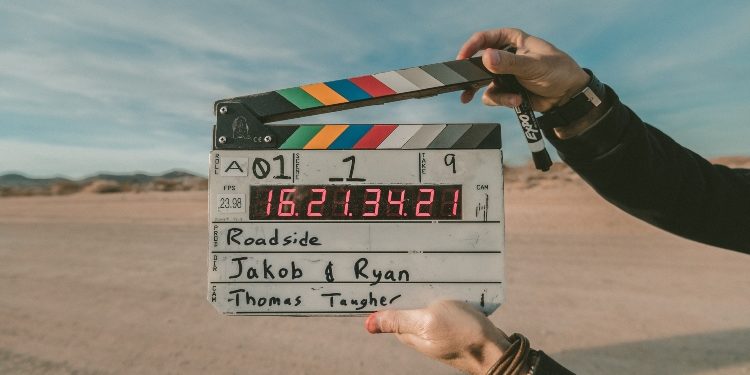Explainer videos have become an essential tool in the marketing arsenal of many brands. These short, engaging videos are designed to explain a product, service, or concept in a way that’s easy to understand. They can be animated, live-action, or a mix of both. Here’s a look at how different brands from various industries have leveraged explainer videos to their advantage.
But First, What is an Explainer Video?
An explainer video is a short, engaging video that conveys a company’s idea, product, service, or process in a clear and concise manner. These videos are designed to answer potential questions a viewer might have, simplifying complex concepts into digestible and easily understood content. Typically ranging from 60 to 90 seconds, explainer videos often employ animation, motion graphics, and voiceovers to illustrate the core message, although they can also utilise live-action sequences or a combination of both.
The primary goal of an explainer video is to educate and inform viewers, making them an ideal tool for startups introducing a novel product, businesses explaining a service, or organisations presenting a new concept. By breaking down intricate ideas into relatable narratives, explainer videos not only enhance comprehension but also foster a deeper connection between the brand and its target audience. Their visually appealing and informative nature makes them highly shareable, amplifying a brand’s reach and impact across digital platforms.
Now, it’s time to look at how some different brands have successfully leveraged this format.
Case Study: Good Energy’s Solar Power Explainer
Good Energy is an organisation supplying renewable energy and supporting homes and businesses across Britain to cut their carbon emissions. They use explainer videos in their marketing strategy to explain the ins and outs of how renewable energy technology such as solar panels work.
For example, their video ‘How do solar panels generate electricity’ uses colourful animation, simple but engaging narration, and branded motion graphics to help potential customers understand exactly how solar panels turn sunlight into electricity to power your home. A combination of diagrams, photos, and typographical animations help them convey their message in a short and simple way. Plus, the upbeat music and appealing visuals help turn this potentially boring topic into something that engages and interests their customers.
Overall, it’s a great way to educate potential customers on how a product works and why it’s relevant to them.
Case Study: Oxfam’s Raising Her Voice Campaign
Another organisation that has used explainer videos for successful impact is Oxfam. Their Raising Her Voice campaign which seeks to empower women and girls in developing countries uses a whiteboard-style explainer video to highlight the programme. This uses appealing hand-drawn style imagery to illustrate the campaign’s purpose and achievements to raise awareness.
With a simple but direct voiceover, stylish animations, and a clear call to action at the end, this explainer video simplifies the campaign to help people understand its aims and achievements. Moreover, by directly addressing the viewer at the beginning, it creates a compelling message that engages them throughout the short video. In short, this is a great example of how a non-profit organisation can use explainer videos to contextualise, raise awareness, and garner support for a campaign.
Case Study: Grammarly’s Social Media Ads
While the previous two examples have used animated explainer videos, Grammarly has chosen to use live-action for their social media explainers. In a YouTube short called ‘3 Grammarly Business Features to Boost Team Productivity’ a spokesperson speaks directly to the camera in a short and fast-paced explainer. Pairing the speaker’s words with animated emojis, screenshots, and on-screen headings, this video leverages the short-form video style typical of YouTube Shorts, TikTok, and Instagram Reels.
Quick, simple, and to-the-point, this explainer wastes no time in getting stuck into explaining the features of Grammarly’s product. By using a person directly talking to the camera, it also feels more casual and authentic – a major plus on these short-form platforms.
Overall, this video is an effective example that shows that sometimes less is more when it comes to explainer videos.
Conclusion
In conclusion, explainer videos offer brands a dynamic way to convey their message, explain complex concepts, and engage their audience. Whether it’s through animation, live-action, or a combination of both, these videos can be tailored to fit the brand’s identity and the message they wish to convey.
Whether you’re considering animated or live action explainer videos, Perspective Pictures can help. This East London based video production agency works with brands to create short, multi-purpose explainer videos that capture your audience’s attention.
David Prior
David Prior is the editor of Today News, responsible for the overall editorial strategy. He is an NCTJ-qualified journalist with over 20 years’ experience, and is also editor of the award-winning hyperlocal news title Altrincham Today. His LinkedIn profile is here.













































































